Plextor M3 Pro (256GB) Review
by Kristian Vättö on July 1, 2012 1:45 PM ESTThe Plextor M3 Pro
The packaging for the Plextor M3 Pro is similar to the M3, with the main difference being the glossy design instead of matte. Inside the box you'll find a 3.5" bracket, mounting screws, and a software disc with cloning, backup and performance analyzer utilities—along with the SSD of course. Unfortunately there is still no toolbox utility included, at least not in our review unit, but I have some good news. Plextor has released a tool called Plextool and it's available free of charge for all owners of Plextor SSDs. We'll have more information about Plextool on the next page.
The exterior design follows the same guidelines as the M3, but Plextor has opted for a light grey metal for M3 Pro whereas the M3 uses a much darker, nearly black metal. On the back side sticker you will find info regarding capacity, serial number, and (shipped) firmware of the drive.
Another big difference between the M3 and M3 Pro is the fact that M3 Pro has height of 7mm while the M3 measures in at more common 9.5mm. The thinner design makes the M3 Pro more suitable for ultrabooks for instance.
Opening the cover reveals a familiar interior—we have seen this with Plextor M3 and Corsair Performance Series Pro already. Only the thermal pads are thinner in order to make the M3 Pro 7mm thick.
The NAND is once again from Toshiba and there are a total of eight NAND packages on the PCB. These are 32GiB quad-die packages and are manufactured using Toshiba's 24nm process. As in all consumer grade SSDs, the NAND is 2-bit-per-cell MLC NAND. There are also two 256MiB DDR3-1333 chips from Nanya, which gives the drive a cache of 512MiB.
The controller doesn't surprise either as it's Marvell 88SS9174-BLD, which is what we found inside the M3 as well.
Test System
| CPU |
Intel Core i5-2500K running at 3.3GHz (Turbo and EIST enabled) |
| Motherboard |
AsRock Z68 Pro3 |
| Chipset |
Intel Z68 |
| Chipset Drivers |
Intel 9.1.1.1015 + Intel RST 10.2 |
| Memory | G.Skill RipjawsX DDR3-1600 2 x 4GB (9-9-9-24) |
| Video Card |
XFX AMD Radeon HD 6850 XXX (800MHz core clock; 4.2GHz GDDR5 effective) |
| Video Drivers | AMD Catalyst 10.1 |
| Desktop Resolution | 1920 x 1080 |
| OS | Windows 7 x64 |


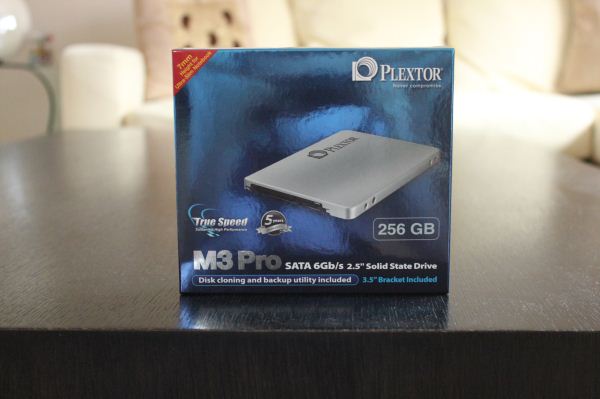
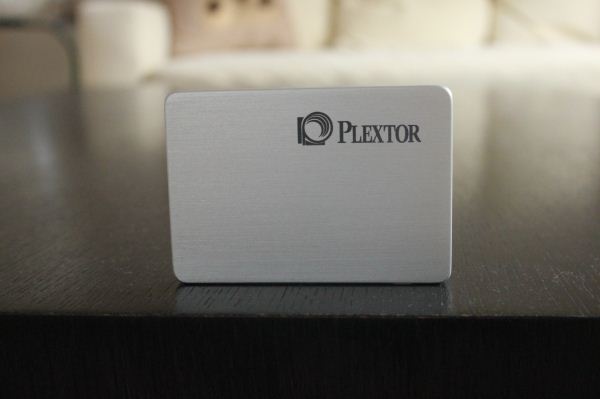
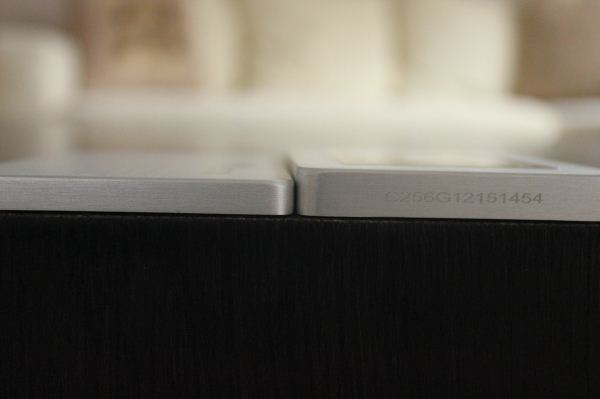
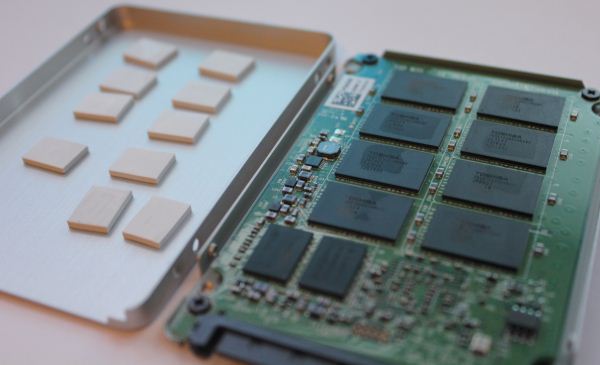
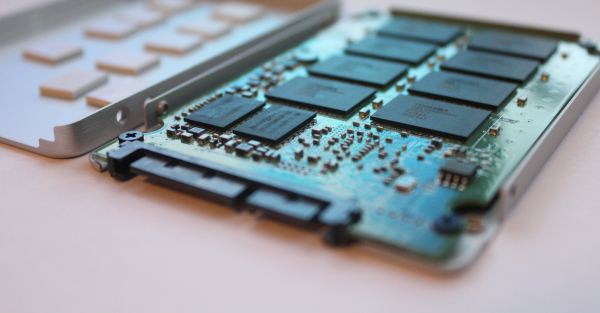
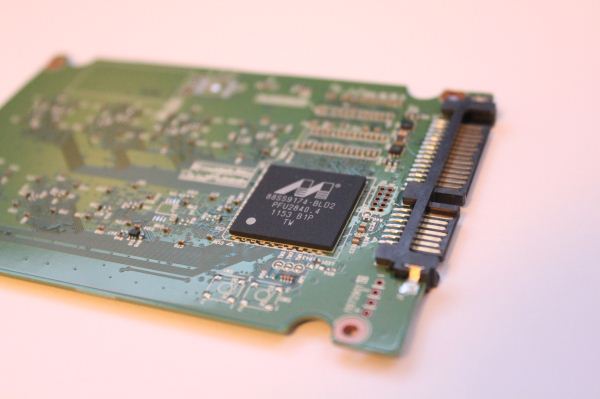








55 Comments
View All Comments
fausto412 - Sunday, July 1, 2012 - link
I am almost settled on Samsung 830 but even the capacity becomes an issue.256gb is what I want but that price is more than I want to pay.
Can someone explain how TRIM works?
My windows drive is fine with Battlefield 3 and Bad Company 2 installed...it is the media files that need relocation. I have read I can change the my pictures and my videos system folder locations.
jwilliams4200 - Sunday, July 1, 2012 - link
Can someone explain how to use google to find the answers to basic questions?Belard - Monday, July 2, 2012 - link
go to your browser, type in G O O G L E . C O M (each letter is a key) and press enter key.Faustso: buy a smaller drive for your OS and work Apps (MS Office) and use a HD for your games and videos and porn. Also use the HD to store an image of the SSD in case of failure.
iwod - Sunday, July 1, 2012 - link
Looks like we need 12Gbps ASAP. The Firmware design are starting to bring in less improvement %. And Idle / Active Power consumption needs to stay low as well.Belard - Monday, July 2, 2012 - link
PCI-e Drives are for that. But its stupid that none or most are non-bootable.mayankleoboy1 - Monday, July 2, 2012 - link
can you do a re-review of vertex4 120GB with the newly released 1.4 firmware?macuser2134 - Monday, July 2, 2012 - link
+1. You absolutely need to do this ASAP. Vertex 4 with the latest firmware update needs to be re-tested and updated in the AnandTech storage bench.iceman98343 - Monday, July 2, 2012 - link
you are late. vertex 4 1.5beta was released on Friday.casteve - Monday, July 2, 2012 - link
"I find it to be more hassle to put the drive inside an enclosure than to simply secure erase the drive with other methods."Buy an eSATA bracket with power for $10 from your favorite e-tailer.
NCM - Monday, July 2, 2012 - link
Based on the previous favourable review of the Plextor I bought and installed a 256GB M3 (plain) as the boot/app drive in a new Mac Pro workstation a couple of months ago, with TRIM turned on for this non-Apple drive via the Trim Enabler freeware utility. Most files are stored on our server, so capacity isn't really an issue. However I've found that our 128GB drives stand to run somewhat full, so 256GB gives plenty of storage headroom.It's been running very satisfactorily, with the responsiveness you'd expect of an SSD machine.
Just last week I bit the bullet and bought a 512GB M3 Pro for my own 13" MacBook Pro. The slight extra cost of the M3 Pro isn't meaningful in an almost $700 drive, so I saw no reason not to get the better version. I preferred the Marvell controller over Sandforce due to the incompressible data performance, and chose Plextor over a Samsung 830 due to lower power consumption in the laptop application.
My original 500GB conventional drive contains over 300GB, and while it might have been possible to prune that enough to squeeze into a 256GB, the SSD would then have run very full, affecting SSD garbage collection/TRIM. It's also necessary to leave enough free space for the hibernation RAM image, as well as for VM pages. So the 512GB version it was.
The process is straightforward. I used Apple's Disk Utility to clone the existing drive to the Plextor mounted in a Newer Tech external FW800 dock, test booted, then installed it in the MBP. TRIM is enable as above.
Performance improvement is as you'd hope, particularly since the original drive was only 5400 rpm. Another upside is the shock resistance of an SSD for mobile applications.
The only real downside is the hole-in-the-wallet effect!